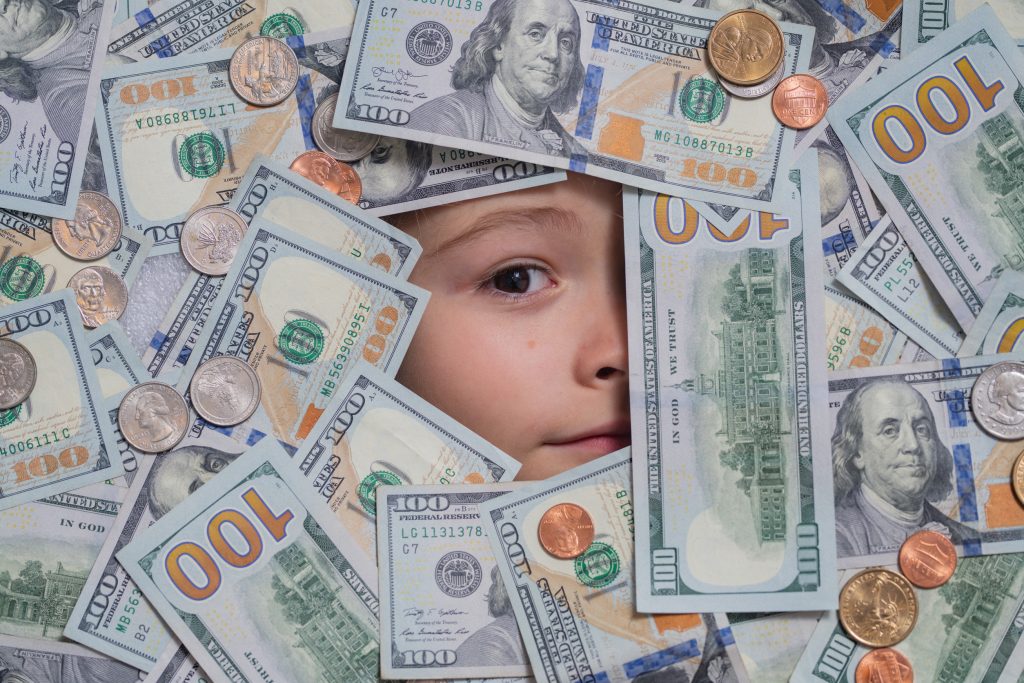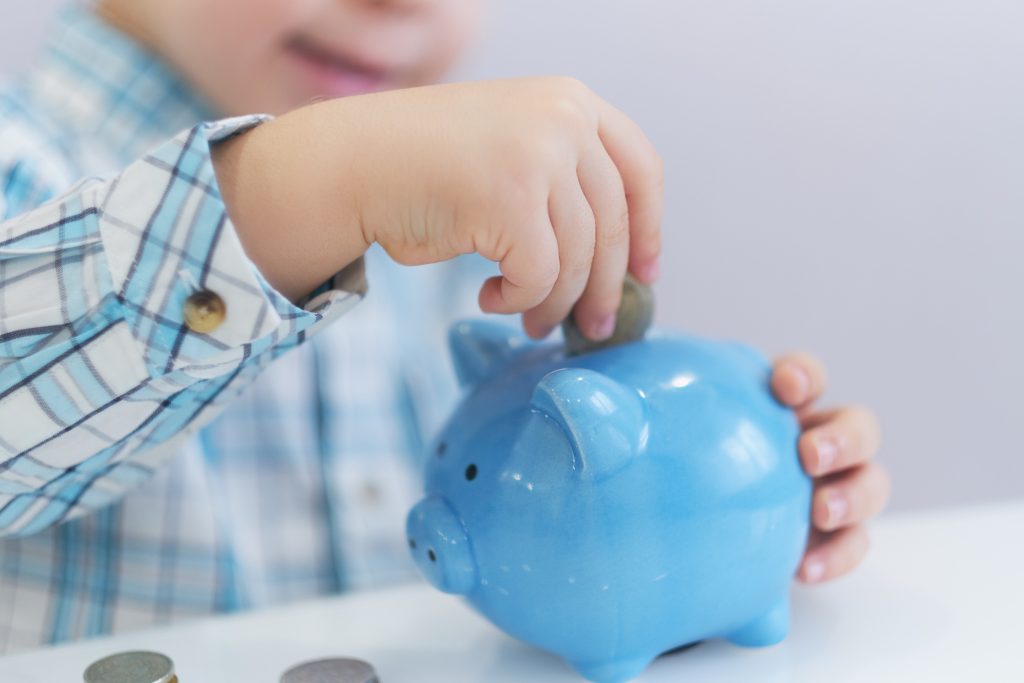
Thinking back to the year 2000 might feel like flipping through an old photo album—flip phones were in every pocket, gas was under $2 a gallon, and parenting didn’t come with smartwatches or Venmo requests. But one thing hasn’t changed: raising a child was expensive then, too. While today’s parents juggle rising inflation and modern expenses, many wonder—what did it actually cost to raise a child at the turn of the millennium? Looking at the numbers offers a fascinating perspective on how parenting expenses have evolved. It also sheds light on where we’ve come from and why budgeting for kids has never been a small feat.
1. The USDA Estimated It at $165,630 Per Child
In 2000, the U.S. Department of Agriculture estimated that it would cost a middle-income family approximately $165,630 to raise a child from birth to age 17. That figure was based on two-parent households earning between $38,000 and $64,000 annually. This estimate included housing, food, transportation, healthcare, clothing, childcare, education (excluding college), and miscellaneous expenses. Adjusted for inflation, that number would be well over $280,000 in today’s dollars. Even back then, the sticker shock of raising a child was very real, and families had to make careful financial choices to make it work.
2. Housing Was the Biggest Expense
Just like today, housing topped the list of child-related costs in 2000, accounting for about 33% of the total. That includes rent or mortgage, utilities, property taxes, and household maintenance expenses that grow with a family’s size. Even modest homes needed to accommodate cribs, playrooms, and safe yards for play. In suburban areas, families often stretched their budgets for better schools and safer neighborhoods. Though prices were lower than today’s housing market, parents still found themselves budgeting carefully to afford a family-friendly living space.
3. Food Costs Averaged Over $1,300 Annually
Feeding a growing child was no small line item. In 2000, food expenses averaged over $1,300 per child per year for middle-income families. That included groceries, dining out, and school lunches. Younger children required baby formula, snacks, and kid-friendly meals, while teens drove up grocery bills with bigger appetites. Even without today’s organic trends or meal delivery services, keeping the pantry stocked was a constant (and costly) task.
4. Childcare and Education Were Big-Ticket Items
For families with younger kids or two working parents, childcare and early education were among the most expensive categories. In 2000, this category consumed about 9% of the total child-rearing cost, around $15,000 over the course of 17 years. Costs included daycare, preschool, babysitters, and after-school care. While public school education was technically free, fees for field trips, supplies, extracurriculars, and tutoring added up. These expenses laid the foundation for a trend that only escalated in the years that followed.
5. Healthcare Was a Growing Concern
Although healthcare costs weren’t as high in 2000 as they are today, they were already rising steadily. Families spent roughly $8,500 on healthcare per child between birth and age 17. That number included insurance premiums, copays, prescriptions, dental visits, and vision care. Preventive care, well-child checkups, and vaccinations were essential—and often expensive. Even families with decent insurance found themselves navigating bills and coverage limitations that tested their budgets.
6. Clothing Was Surprisingly Manageable
Compared to other categories, clothing made up a smaller slice of the pie—about 6% of total child-raising costs. On average, families spent around $500 to $600 per year per child on shoes, school clothes, outerwear, and accessories. This was before the fast fashion boom and social media trends, so seasonal wardrobes were a little less influenced by “what’s in.” Hand-me-downs and department store sales helped many parents stretch their clothing dollars. Still, kids grew fast, and it was hard to avoid the occasional size surprise midseason.
7. Transportation Was a Hidden Cost for Many Families
From minivans to increased gas use, transportation costs added a surprising amount to the overall total. This category made up about 15% of the total cost of raising a child in 2000. Whether it was buying a bigger vehicle, adding car seats, or driving to and from school, sports, or doctor appointments, the cost of being a kid on the go was significant. Suburban and rural families felt the pinch even more due to greater reliance on personal vehicles. It was one of those expenses that didn’t always get attention, but definitely hit the wallet.
8. Miscellaneous Costs Add Up Fast
The “miscellaneous” category in the USDA report included things like personal care items, toys, entertainment, and extracurriculars. In 2000, families spent roughly $11,000 over 17 years on these catch-all expenses. From birthday parties to haircuts to sports equipment, it’s often the little things that pile up the fastest. Even small monthly spending, like weekend movies or a new video game, added up over time. It’s a reminder that raising a child isn’t just about needs—it’s about giving them a full, well-rounded childhood.
Looking Back to Understand the Costs Ahead
While the year 2000 feels like a simpler time, raising a child was anything but cheap. The core categories—housing, food, childcare, and healthcare—still dominate parenting budgets today. But by looking at historical costs, we can better appreciate just how quickly financial demands evolve. Whether you’re budgeting for your child now or reflecting on what your own parents spent, it’s clear that investing in kids has always been a serious financial commitment. And understanding those past numbers helps us prepare for the future with clearer eyes and wiser wallets.
Were you raising kids in the year 2000? What surprised you most about the costs back then? Share your memories and money-saving tips in the comments!
Read More
Why Your Child Needs to Learn the Hard Way—Financially
The Shocking Cost of Modern Birthday Parties (And Why Parents Feel Trapped)
Catherine is a tech-savvy writer who has focused on the personal finance space for more than eight years. She has a Bachelor’s in Information Technology and enjoys showcasing how tech can simplify everyday personal finance tasks like budgeting, spending tracking, and planning for the future. Additionally, she’s explored the ins and outs of the world of side hustles and loves to share what she’s learned along the way. When she’s not working, you can find her relaxing at home in the Pacific Northwest with her two cats or enjoying a cup of coffee at her neighborhood cafe.



